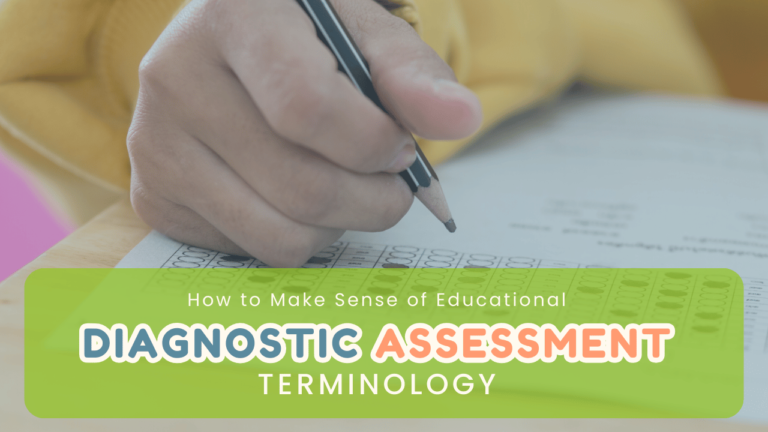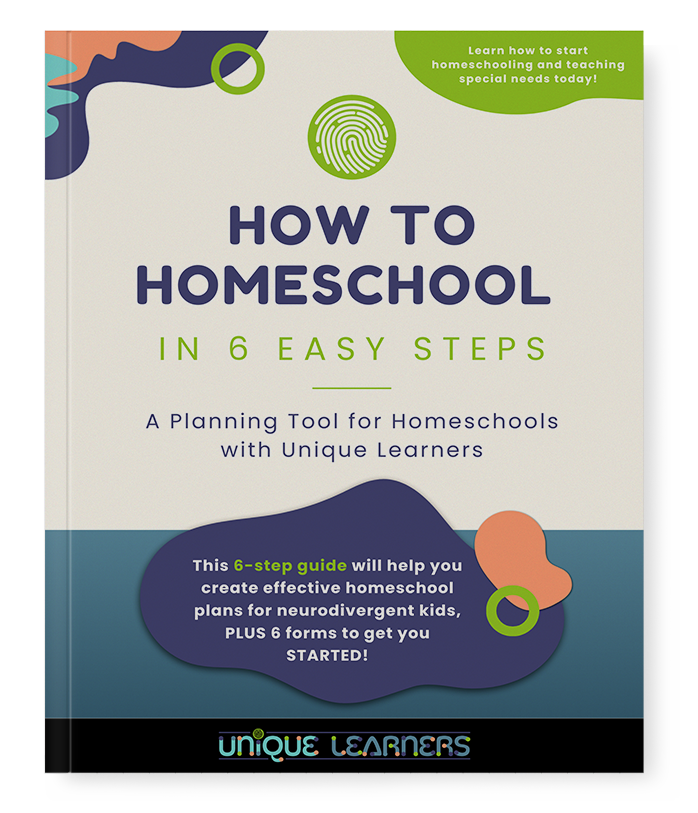Some parents of struggling learners have spent years advocating for their child, gone through the diagnostic assessment process, and worked through developing an IEP or 504 Plan in a public or charter school before starting to homeschool. Other homeschoolers have never had or wanted their children to be tested, but now they need information to find out how their child learns best because of the struggles in reading, writing, math, or due to behaviors.
The two reasons for needing a diagnostic assessment is to qualify for services or, more importantly, to find out a child’s strengths and weaknesses. In the world of homeschooling, many parents need to make sense of the results of an assessment, yet the terminology and numbers leave parents scratching their heads. Imagine being armed with a secret decoder ring that can translate the cryptic jargon of educational assessments.
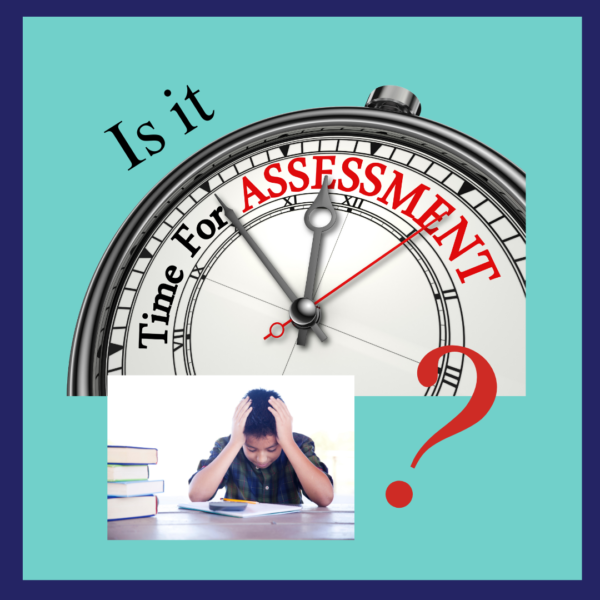
A diagnostic assessment aims to uncover the root causes of academic struggles. They explore factors such as cognitive processes, learning preferences, executive functioning skills, academic proficiencies, and socio-emotional factors that may impact learning. Diagnostic assessments involve various methods such as interviews, observations, checklists, standardized tests, and informal measures to gather comprehensive data about a student’s abilities and challenges. The results help the evaluator and homeschool parents develop individualized learning plans tailored to address the specific needs identified through the assessment process.
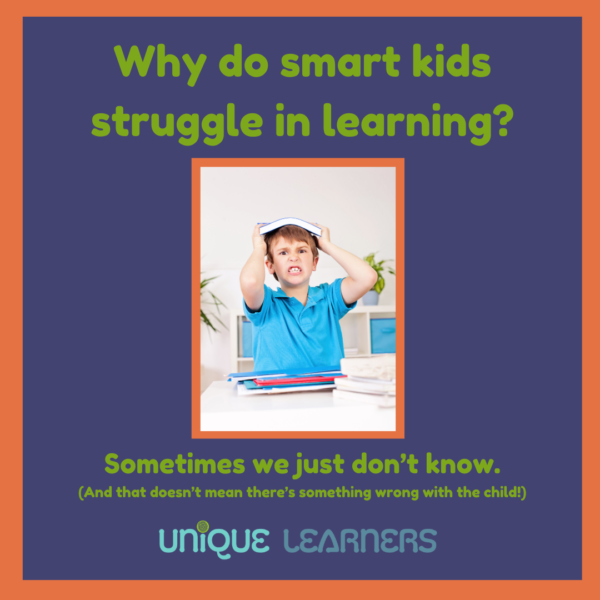
Words like “norm-referenced tests” and “criterion-referenced” can sound intimidating, but they are essential tools in the educational toolkit used to determine a learner’s individual needs. The more you understand these terms, the better equipped you will be to determine effective educational strategies and find appropriate support. Let’s unpack these terms and reveal how they play a pivotal role in shaping a student’s learning path, making the complex world of educational assessments more accessible and less daunting. In this guide, consider Educational Diagnostic Assessment Terminology Explained—not just defined, but truly understood.
Norm-Referenced Tests: Understanding Comparative Performance in a Diagnostic Assessment
Norm-referenced tests are a common type of diagnostic assessment used in education to measure a student’s performance in relation to their peers. These tests compare an individual’s performance to a predetermined standard or “norm” based on the performance of a representative sample of students. The results are typically reported as percentile ranks, which indicate the percentage of students who scored lower than the individual being assessed.
One key feature of norm-referenced tests is that they provide information about how a student’s performance compares to others in their age or grade level. This can help identify areas where the student may be excelling or struggling relative to their peers. For example, if a student scores in the 60th percentile for reading comprehension, it suggests that they are performing better than 60% of students in their age group.
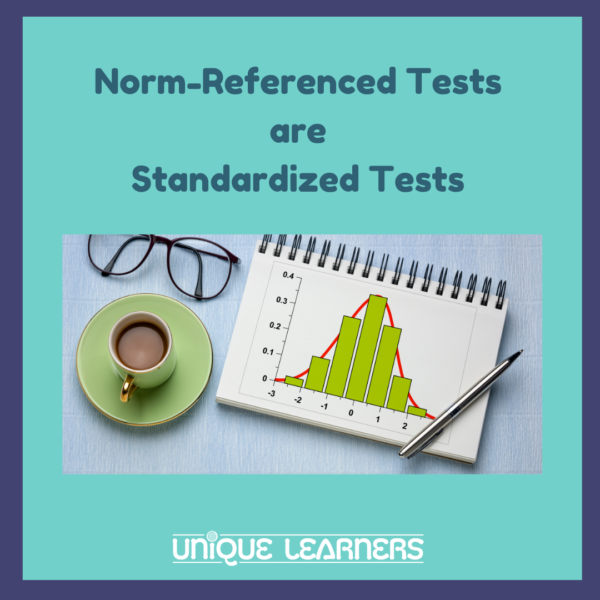
Norm-referenced tests are developed to consider cognitive processing (brain skills) or academic achievement.
Comparing a learner’s performance in the different cognitive subtests can show what brain areas are accessed when a child is completing the tests. Although the scores compare a child’s performance to their peers, they also reveal a profile of the strength and weaker processing areas. The patterns in the resulting profile can indicate whether a child has a learning disability, like dyslexia, or whether memory or processing speed may be an issue. You will likely hear results that confirm your mom instincts.
Norm-referenced tests that evaluate academic skills can be useful for identifying relative strengths and weaknesses or overall academic grade levels, they should not be the sole basis for making educational decisions. The results can also give you indications about what curriculum design and teaching strategies may be most helpful for a struggling learner. While these tests can be useful for identifying relative academic strengths and weaknesses, they should not be the sole basis for making educational decisions.
Some homeschoolers are required to complete yearly standardized tests. Usually, norm-referenced academic batteries are required. The results from fill-in-the-bubble tests, like the Iowa Basics or the Stanford K-12 tests, often do not show inaccurate information about kids with special needs. Individually administered tests, such as the Woodcock-Johnson can give more useful profile and grade placement results.
Criterion-Referenced Tests: Evaluating Mastery of Specific Skills
Criterion-referenced tests differ from norm-referenced tests in that they focus on evaluating mastery of specific skills or knowledge areas rather than comparing students’ performances to each other. These assessments measure whether an individual has achieved predetermined criteria or learning objectives.
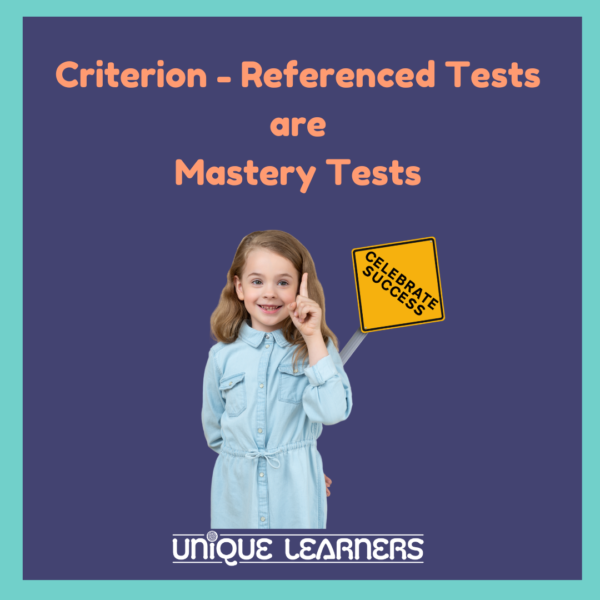
Criterion-referenced tests provide detailed information about a student’s strengths and weaknesses in specific skill areas. For example, a criterion-referenced test in mathematics may assess a student’s mastery of the multiplication facts. The results of these tests are typically reported as a percentage correct score or rating that indicates the level of mastery achieved.
Criterion-referenced tests are valuable tools for identifying specific areas where a student may need additional support or intervention. They help homeschool moms pinpoint the skills that require further teaching to address those needs.
Many homeschool curricula provide free grade placement tests for selecting an appropriate level for a student. With or without on-going tests to look at mastery, an attentive homeschool mom can look at how their child responds verbally or when checking their daily work to determine if the student if learning and making progress.
Diagnostic Assessment Main Terminology to Know
Ability – An existing competence or skill to perform a specific physical or mental act
Aptitude – The capacity to acquire competence or skill through training.
Asperger Syndrome – Now classified as part of the autism spectrum disorder and often referred to as High Functioning Autism. By definition, people with Asperger’s disorder have an IQ in the normal to superior range, and some may exhibit exceptional specific skills or talents, but show varying degrees of deficits in social and conversational skills, reading nonverbal language, or oversensitivity to sensory input.
Auditory Processing – The brain’s activation of the temporal lobe to make use of of sound signals that underlie listening and comprehension.
Autism – A neurodevelopmental disorder that involves impaired social interactions, verbal and nonverbal communication, narrow interests, and repetitive behavior.
Cognitive Disorder – Any disorder that involves impairment of executive functions.
Cognitive Processes – Any of the brain functions assumed to be involved in the input, storage, interpretation, manipulation, transformation, and use of knowledge.
Criterion-referenced – Refers to a test that measures a student’s absolute level of accomplishment on a specific skill.
Crystallized Ability – The sum of a person’s knowledge as seen from vocabulary and general information.
Dyslexia – A neurologically based learning disability manifested as severe difficulties in reading, spelling, and writing words and sometimes in arithmetic.
Executive Functions – The higher level cognitive processes involving the frontal lobe for attention, planning, decision making, problem solving, task initiation, sequencing, organization, impulse control, self-control, and setting and working on goals.
Fluid Ability – The mental processes a person uses to accomplish novel tasks and acquire general information.
Gestalt – An perception of an entire configuration made up of elements that are integrated and interactive.
Global Perceptions – The overall perception of an object or a situation, focusing on the totality rather than the parts
Input Modalities – The four ways that information is transmitted to the brain for storage: Visual, Auditory, Tactile, and Kinesthetic (VATK).
Intellectual Disability – A developmental disability characterized by mild to profound limitations in cognitive function and in adaptive behavior that impairs the ability to acquire skills typical for one’s age group as a child or those necessary for later independent functioning as an adult.
Left Hemisphere – The left half of the cerebrum, or the left temporal lobe, is responsible for speech in most people.
Limbic System – A widespread group of brain structures that are involved in autonomic functioning and emotional regulation, motivation, and processes of emotion, memory, and learning.
Norm-referenced – Refers to a standardized test where results are compared to age or grade level peers.
Parallel Processing – A ability in the human brain to carry on different functions at the same time, such as driving a car while also listening to music and having a conversation.
Parietal Lobe – One of the four main areas of the brain responsible for sensory activities, such as the tactile discrimination of size, shape, and texture of objects; visual activities, such as visually guided actions; and auditory activities, such as speech perception.
Percentile – A score in a bell curve distribution where the test result means that percentage of age or grade level peers fall below the score. NOTE: It is not a percentage correct.
Prenatal Influence – Any adverse influence on fetal development, including radiation effects, maternal diseases, and maternal behavior (e.g., alcohol or drug use, excessive smoking), blood incompatibility, nutritional deficiency, and stress.
Profile – A graphical representation of the scores of an individual on multiple measures.
Raw Score – The actual count of correct items in a specific subtest.
Right Hemisphere – The right half of the cerebrum, also called the right temporal lobe, is responsible for spatial awareness, creativity, artistic, and musical skills.
Shifting – The brain’s ability to carry on different tasks by rapidly shifting between different cognitive functions.
Short-term Memory – The recall of a limited amount of material after about 10 to 30 seconds
Specific Learning Disability – A substantial deficit in academic skills that is not seen in all areas of learning, but is limited to a particular academic skill, typically in reading, spelling, writing, or math.
Standard Deviation – A measure that shows how different a specific student’s score is from the mean of the age or grade population.
Standard or Scaled Score – A type of score that converts the raw scores to a type of score distribution that often has a mean of 100 and a standard deviation of 15.
Stanine – A method of statistically placing overall performance on a scale from a low of 1 to a high of 9, with a mean of 5 and standard deviation of 2.
T-score – A type of standard score based on a score distribution that has a mean of 50 and a standard deviation of 10.
Visual Processing – The brain’s activation of the occipital lobe to make use of visual signals at all levels of the visual system.
Working Memory – The brain’s use of short-term visual or auditory memory to solve problems or manipulate information.
Z-score – A type of standard score in a range of -3, -2, -1, 0, 1, 2, and 3 that shows the standard deviation of statistical scores in norm-referenced assessments.
Dynamic Assessment: Tailoring Intervention Strategies
Dynamic assessment is an interactive and flexible approach that combines assessment and instruction. It focuses on evaluating a student’s learning potential and their ability to benefit from instructional support. Unlike traditional assessments that measure what a student already knows, dynamic assessment assesses what a student can learn with guidance. Dynamic assessment is sometimes called diagnostic-prescriptive teaching. It helps identify the level of assistance needed for the student to achieve optimal learning outcomes.
Often Curriculum-Based Measurement (CBM) assessments are used with dynamic assessment. CBM is a formative assessment that is integrated into the diagnostic-prescriptive teaching process. Any curriculum may be used to evaluate a student’s level of needed support or progress toward mastery. Curriculum-based measures are dynamically more sensitive to growth of academic skills than norm-referenced assessments.
Unfortunately, curriculum-based measures are often used improperly for neurotypical students who do not require such intense scrutiny of the process of gaining reading and math skills. Even more tragic is the misapplication of the timing process with learners who struggle and need the sensitive adjustments to instruction that information from CBM provides. Curriculum-based measures can be used in a homeschool environment effectively by moms who have just a bit of training and need to see those little successes that our children often!
Conclusion: Knowing Can Transform Learning
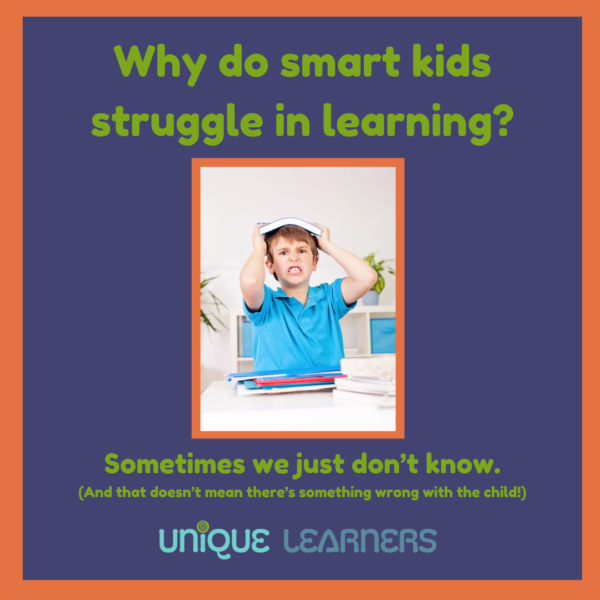
Educational diagnostic assessment terminology plays a crucial role in helping homeschool parents make sense of the jargon and technical information in diagnostic reports. By demystifying terms such as norm-referenced tests, criterion-referenced tests, and dynamic assessments, homeschool parents of kids with special needs can make curriculum choice and teaching strategy decisions that will save time, money, and frustration.
If you have a diagnostic assessment for your child and still have difficulty understanding the indicators from the report, you are welcome to contact Sue Hegg who is happy to interpret the information for you. We also provide educational diagnostic assessments. Some of the newer computer-based assessments for teens and adults require only a few minutes and can be done remotely! Contact us if you need assistance in evaluating your child’s learning profile or need help developing an Individual Learning Plan. You’re not alone! We’re here to be your guide and support when you need it
Want to know about new products and blogs?
Are you new to homeschooling, or just wanting a fresh start? Download our FREE “How to Homeschool in 6 Easy Steps” guide and get valuable insights from Sue’s 30+ years of experience as a special educator and homeschool mom of 4!
Also, join our Facebook group!
Join our new “Homeschool Help for Special Needs” Facebook group! It is a place for homeschool moms to ask questions about homeschooling a child with special learning needs, share teaching and curriculum ideas that have worked (and those that bombed), and be real about the unique challenges of homeschooling with special needs. If you want to join us, be sure to answer the member questions to help us keep this private group secure. Join us now!
